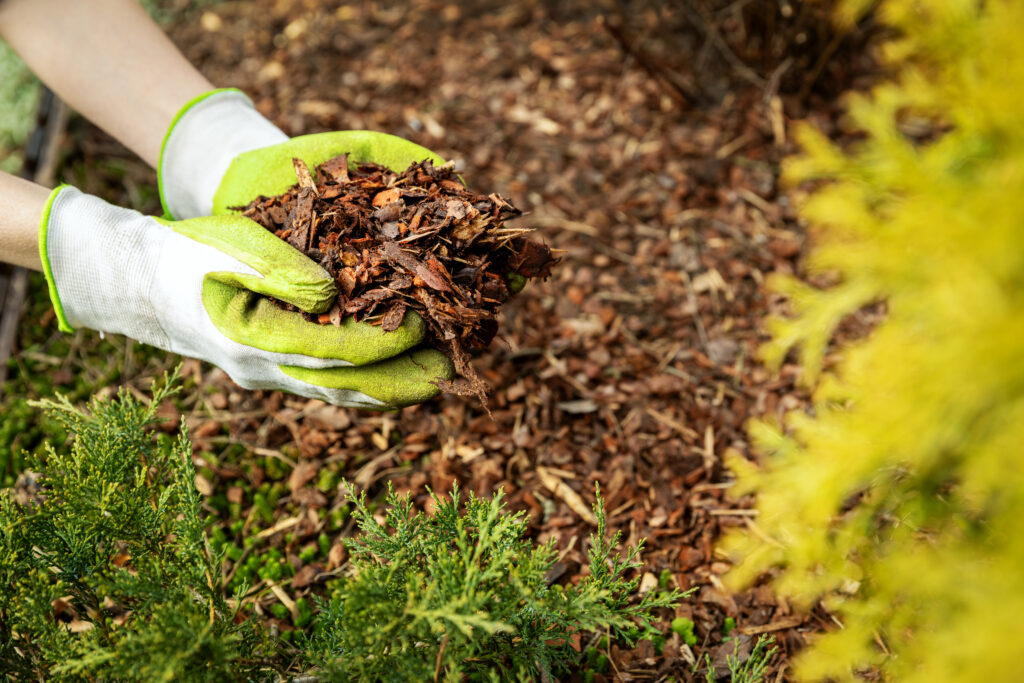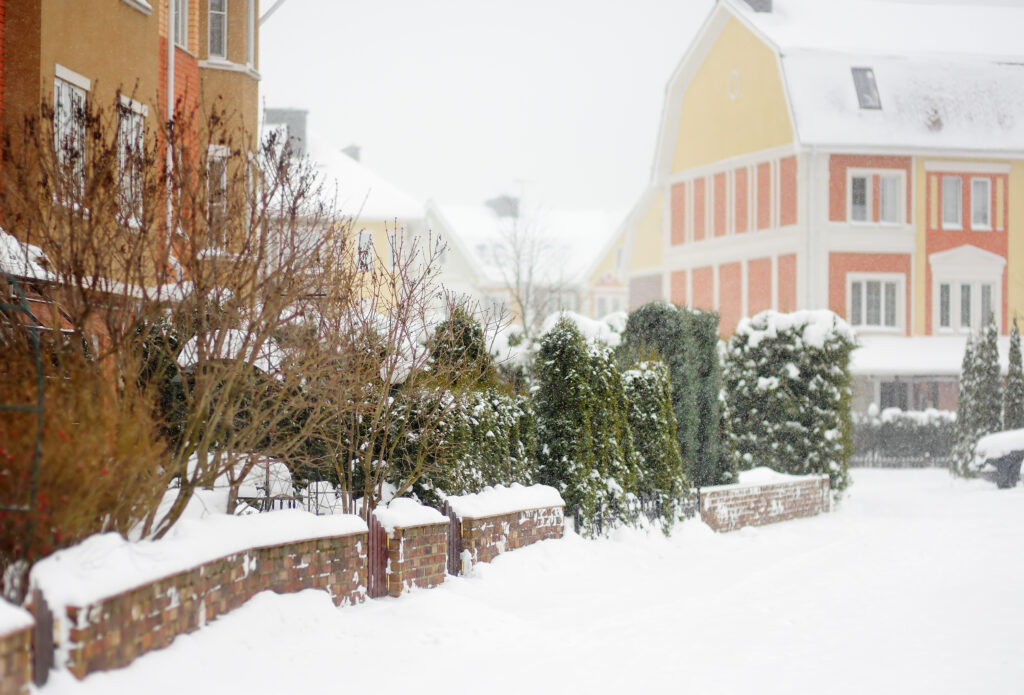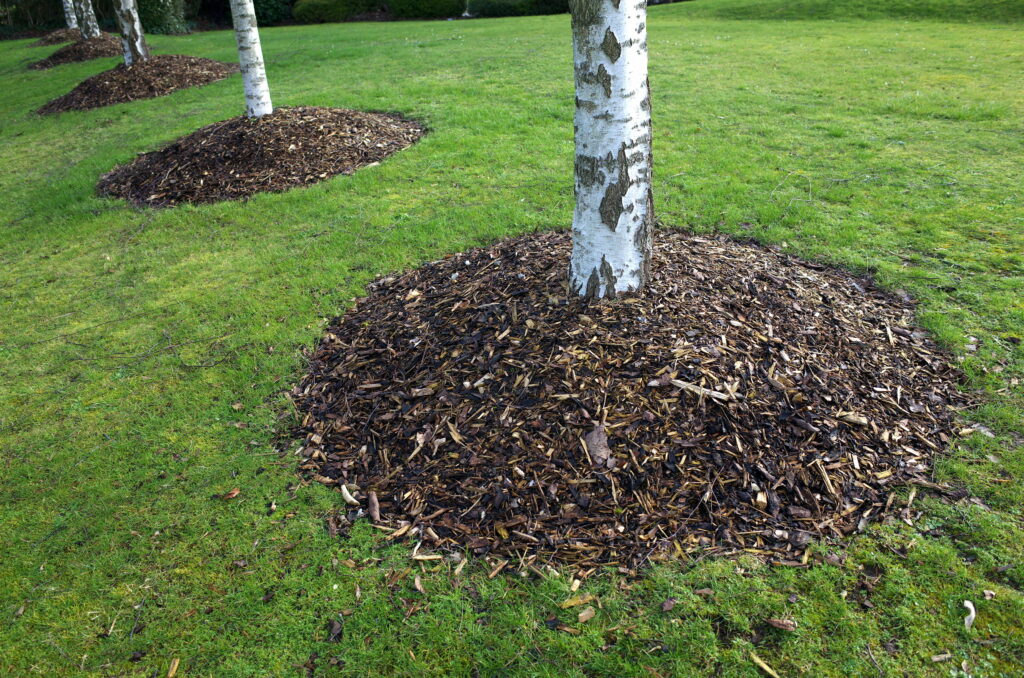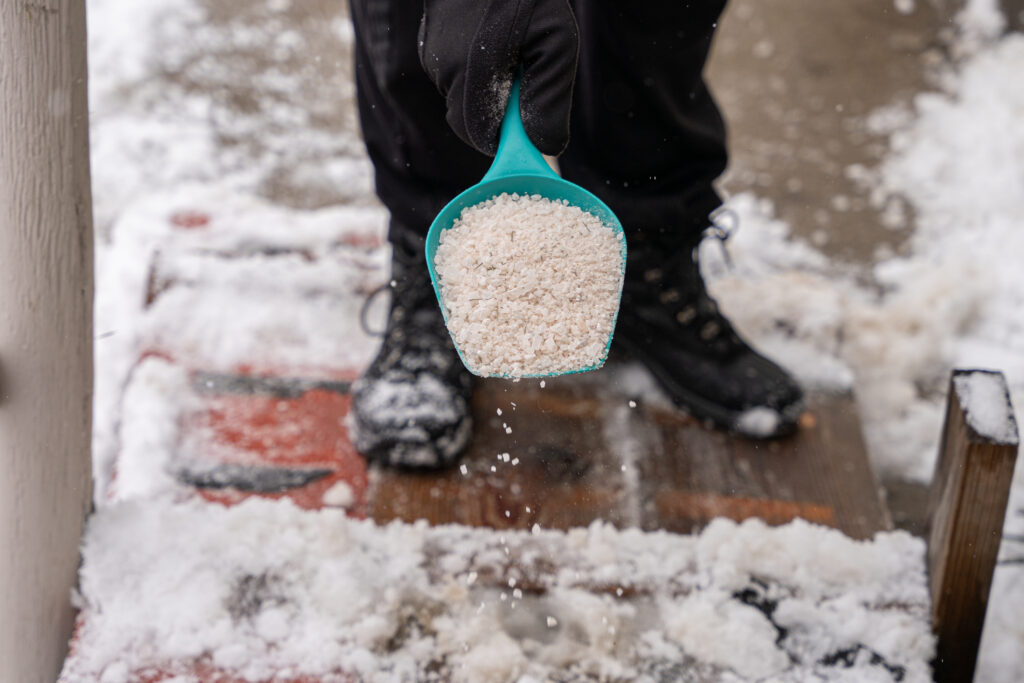During the winter season, trees are often exposed to harsh conditions such as frost, snow, and extreme winds, which can cause significant damage or even death to the tree. As a homeowner or business owner, it is important to take proactive measures to protect the trees on your property from the harsh winter conditions. In this blog post, we will discuss some useful tips on how you can protect your trees during the winter season.

1. Mulching
Mulching is one of the most effective ways to protect trees from winter damage. A proper layer of mulch will help to insulate the soil around the tree roots and regulate the soil temperature during harsh winter conditions. Additionally, mulch will help to retain moisture in the soil, which is essential for the tree’s survival during dry winter months.

2. Pruning
Pruning is essential for maintaining the health and vitality of trees, especially during the winter season. Proper pruning can help to remove dead, diseased, or damaged branches, which reduces the risk of branches falling off and causing injury or property damage during winter storms. Additionally, pruning can help to improve the tree’s shape and structure, which can reduce the risk of wind damage.

3. Watering
Trees need water to survive, especially during the winter season when the ground is frozen and dry. Watering your trees on a regular basis during the winter months can help to keep the tree healthy and adequately hydrated. Make sure to water your trees during the morning hours when the sun is out, and the temperature is warm to prevent water from freezing on the tree and causing damage.

4. Wrapping
Wrapping the tree trunk with burlap or tree wrap during the winter season can help to protect the tree from harsh winter conditions such as frost or windburn. Additionally, wrapping the tree trunk with reflective tape can help to reflect sunlight and prevent sunscald, a condition where the bark cracks and splits due to sudden temperature changes.

5. Ice Melt
Be careful not to use ice melt or salt near trees, as it can damage tree roots and make it challenging for them to absorb water and nutrients. Instead, use natural alternatives such as sand or calcium magnesium acetate.
Taking proactive measures to protect your trees during the winter season can help to maintain the health and vitality of your trees. Mulching, pruning, watering, wrapping, and avoiding ice melt or salt are all great ways to protect your trees from the harsh winter conditions. If you need help protecting your trees, reach out to the team at Proscape New England for expert advice and assistance. Remember, healthy trees not only provide a beautiful landscape but also increase property value and provide important environmental benefits.